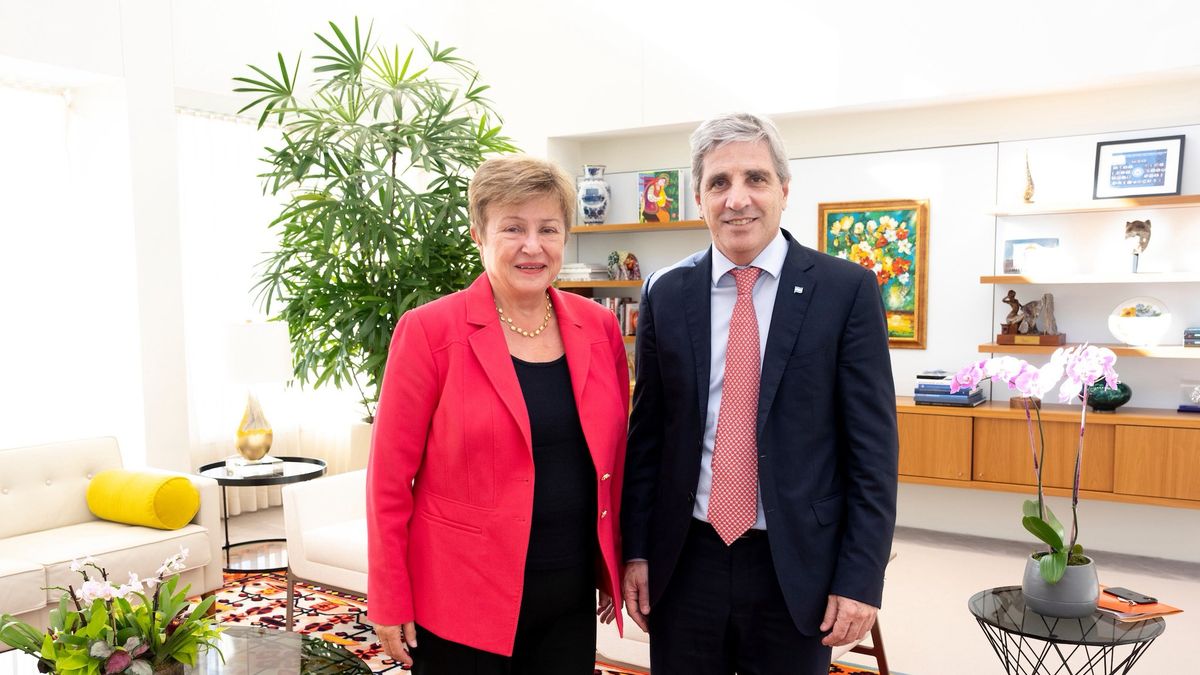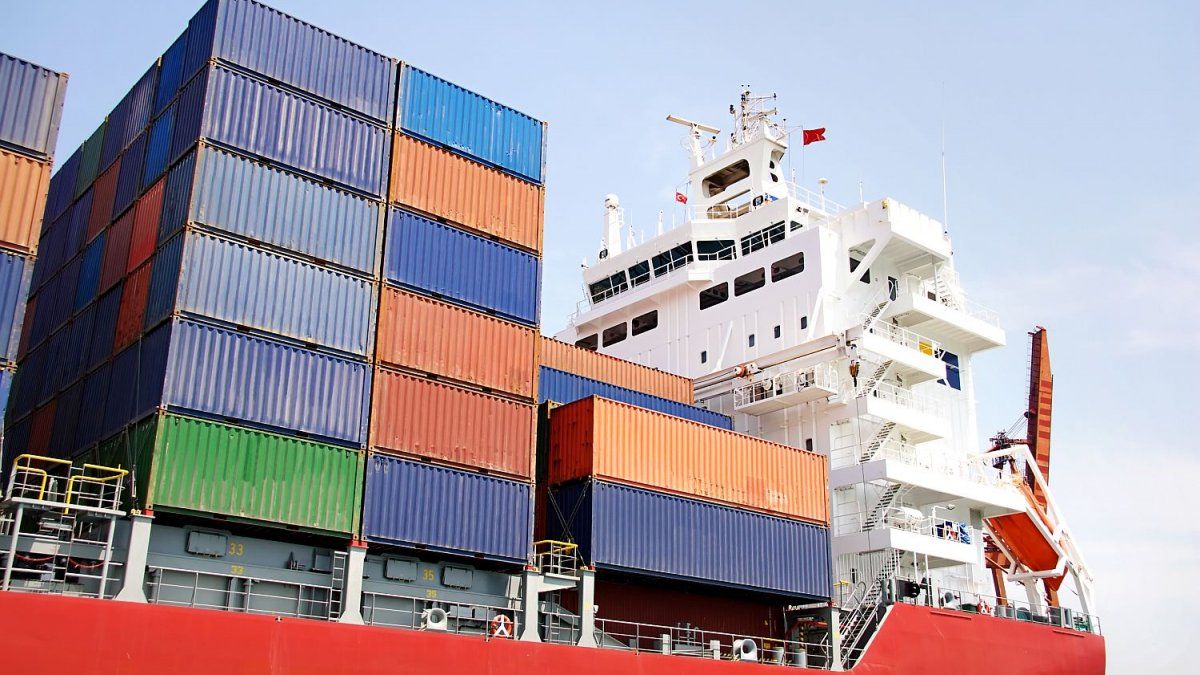Tram opponents in Gmunden sometimes contemptuously call the Traunseetram “train to nowhere”. It was the people of Gmund themselves who wanted the railway line to Vorchdorf 110 years ago. The reason: Vorchdorf had received a railway connection to Lambach in 1903. Suddenly, Wels was much closer than Gmunden, a three-hour walk away. The people of Vorchdorf therefore applied several times to leave the Gmunden district and be allowed to join the Wels district.
They wanted to prevent catfish
They wanted to prevent that at the Traunsee. A delegation from Gmunden therefore made a pilgrimage to the Austro-Hungarian Railway Ministry in Vienna on June 8, 1908 and obtained the concession for the construction of a railway line from Gmunden to Vorchdorf and on to Kirchdorf. The Wels municipal council promptly sent a protest note to Vienna in which it heavily criticized the project. But the people of Wels could not prevent it.
After founding a local railway company, the Gmundner engineering office Stern & Hafferl took over the construction of the narrow-gauge railway. Italian construction workers completed the line to Vorchdorf in just ten months. On March 21, 1912, the “Vorchdorfer Bahn” officially opened. (The further construction in the direction of Kirchdorf was thwarted by World War I.)
As electrical engineering pioneers and power plant builders, Stern & Hafferl relied on electric locomotives right from the start – which was extremely progressive in 1912. (The Western Railway was not fully electrified until 40 years later.) A positive side effect: The railway line gave places like Gschwandt and Kirchham their first electricity connections.
In 1919, the local railway was already transporting 366,000 passengers and thousands of tons of goods. Contemporaries report a significant expansion of the offer at the Gmunden weekly market, because many more women farmers came to Gmunden with their goods from the direction of Vorchdorf. The train was soon affectionately called the “Butter Express”.
A special exhibition was opened yesterday in the Gmundner K-Hof to mark the 110th anniversary of the line. There are many historical photos, old route maps and technical relics to admire.
Opening speaker Günter Neumann, Managing Director of Stern & Hafferl, pointed out the importance of the line today in view of the climate crisis. And also promoted the revitalization of the route to Laakirchen.
The exhibition in the K-Hof can be seen until November 2nd.
Source: Nachrichten




